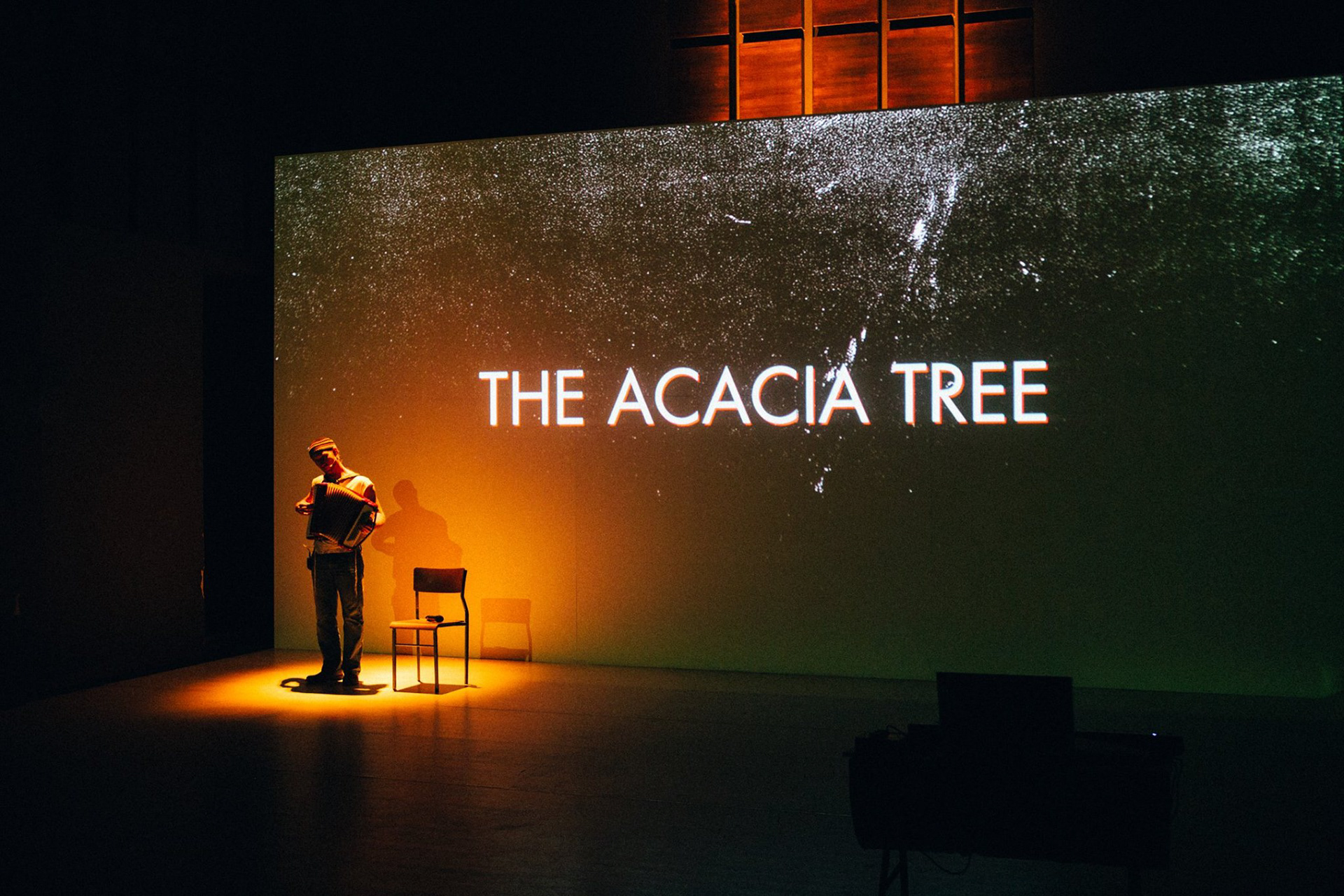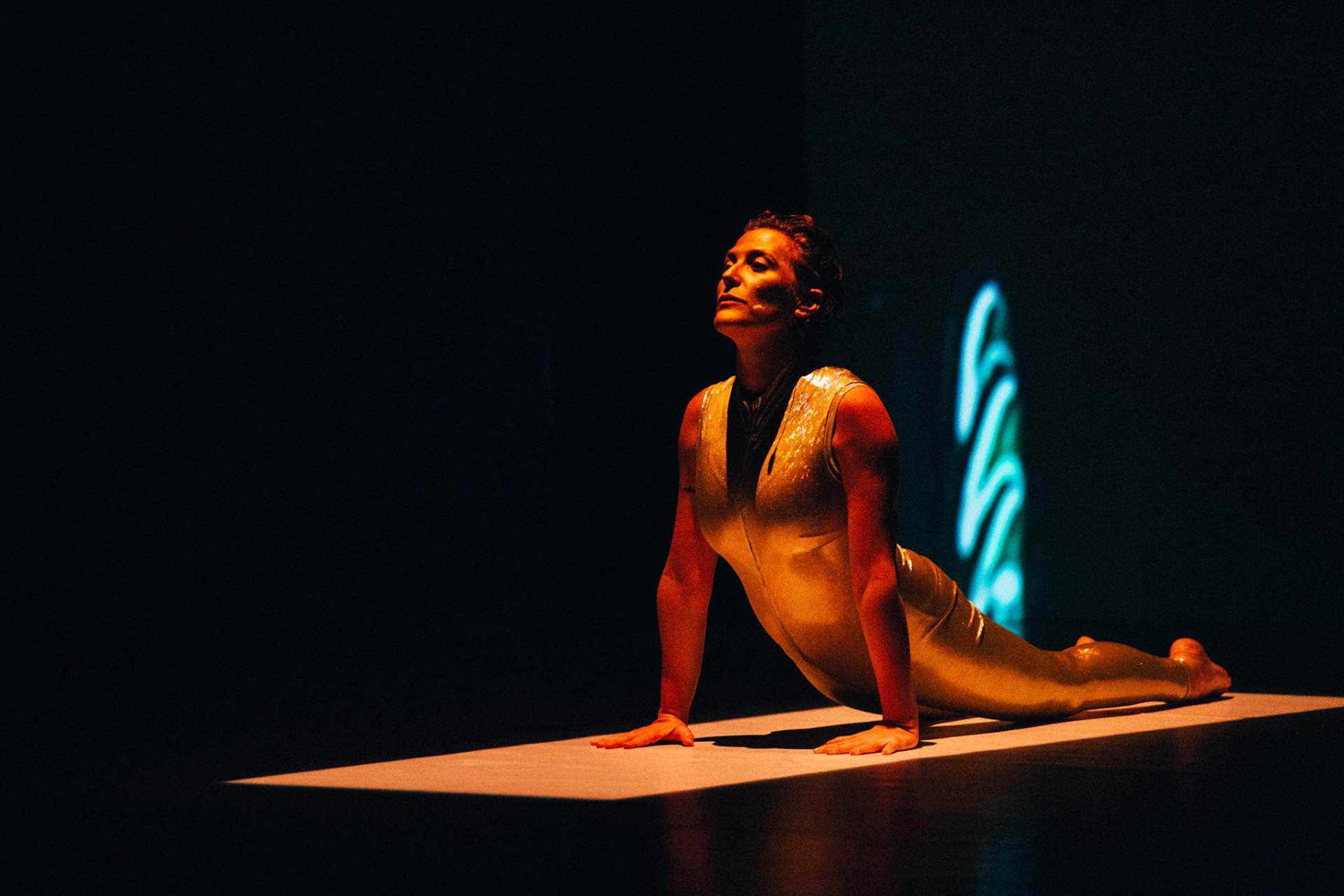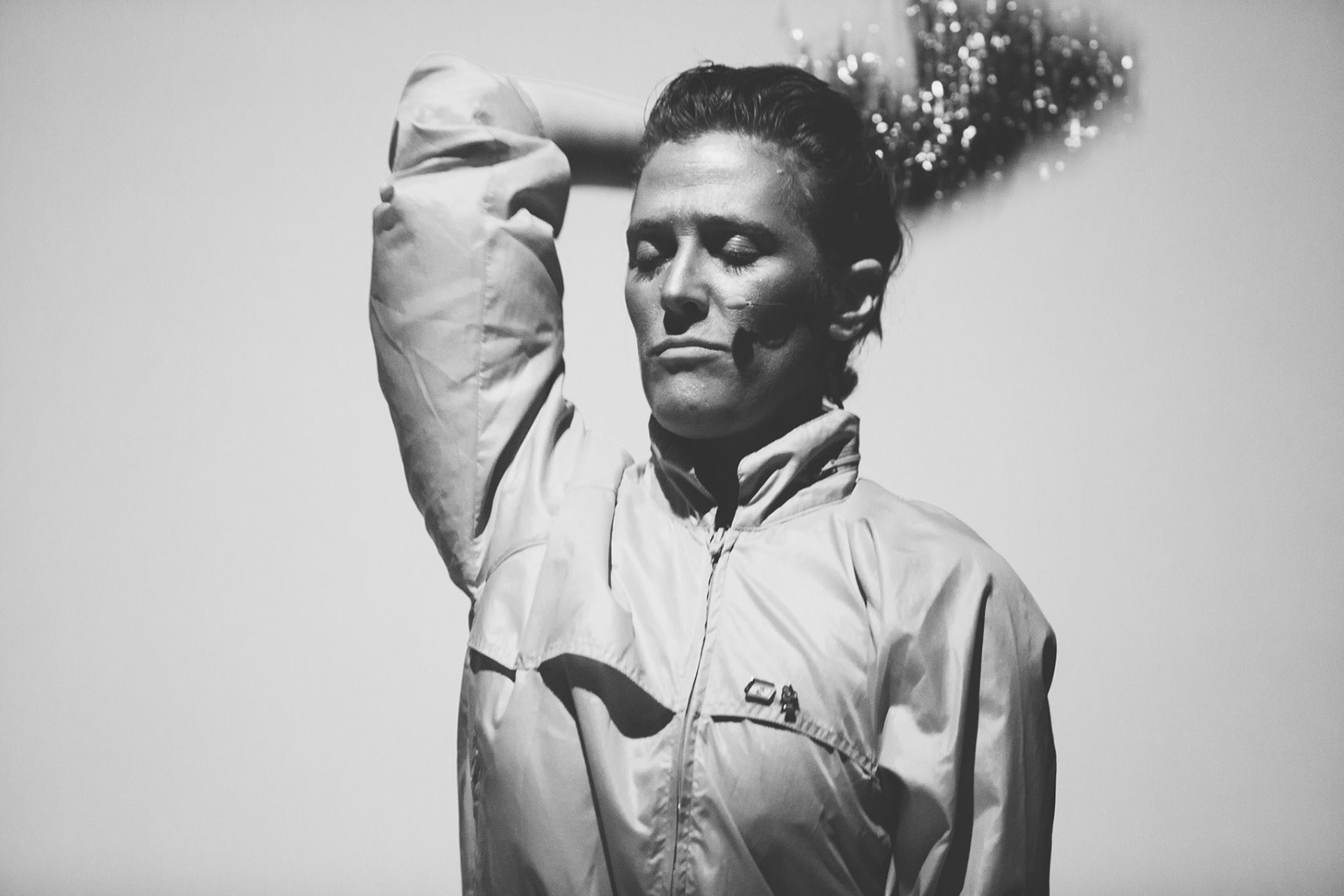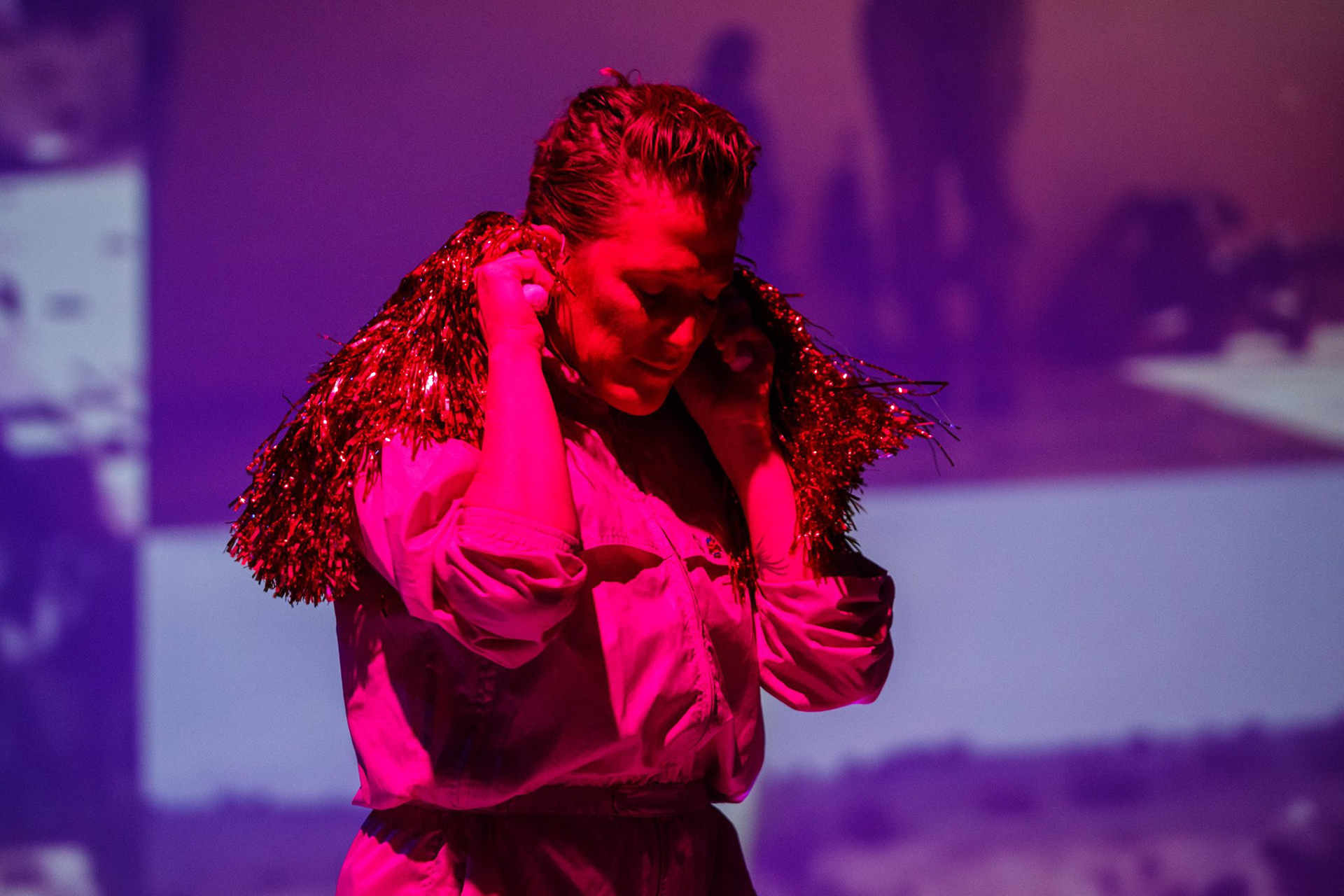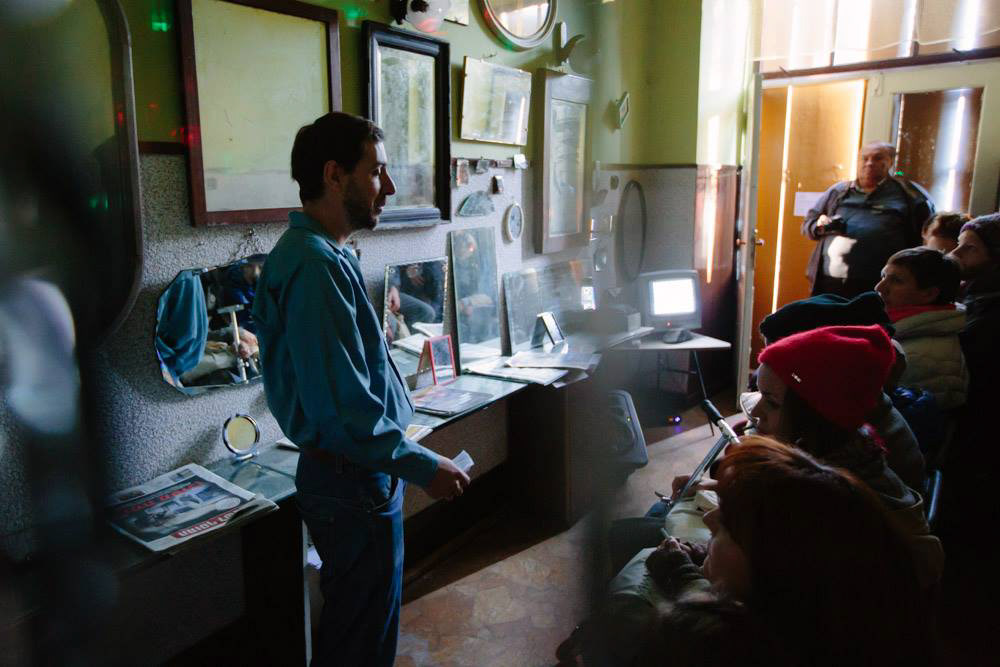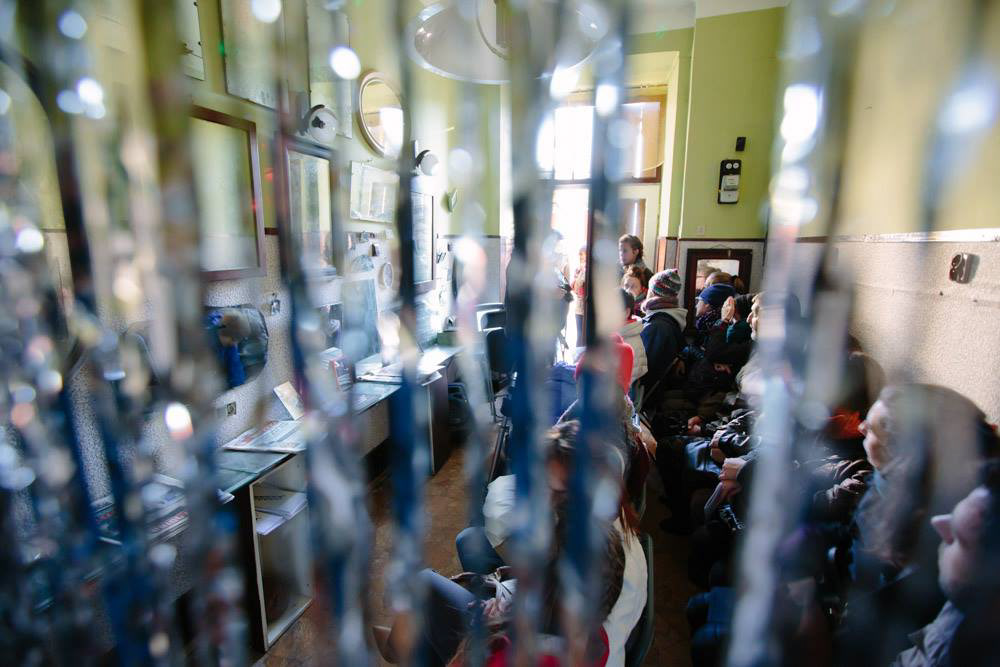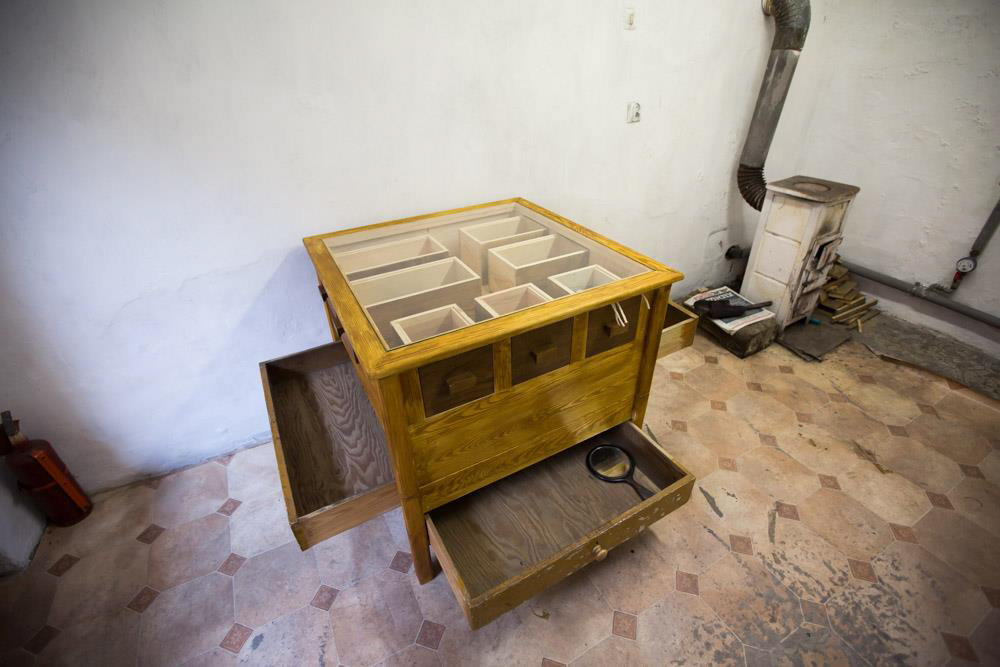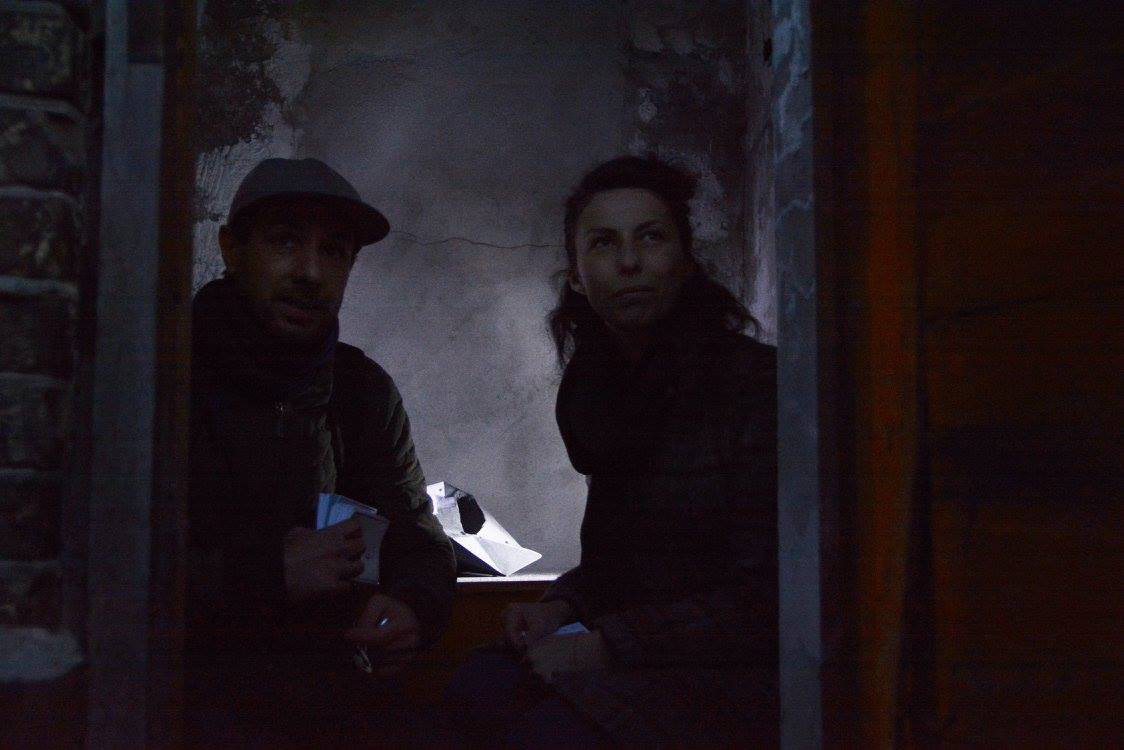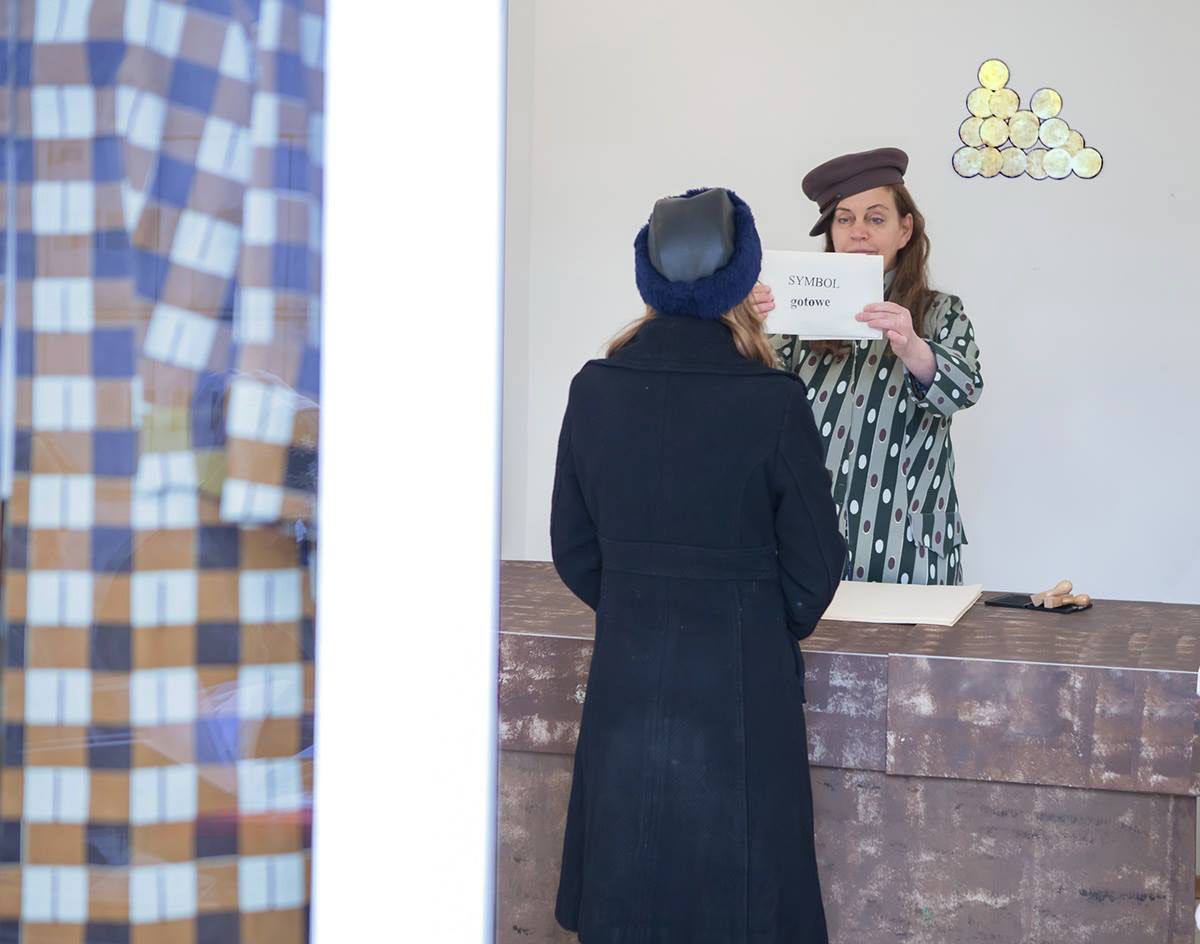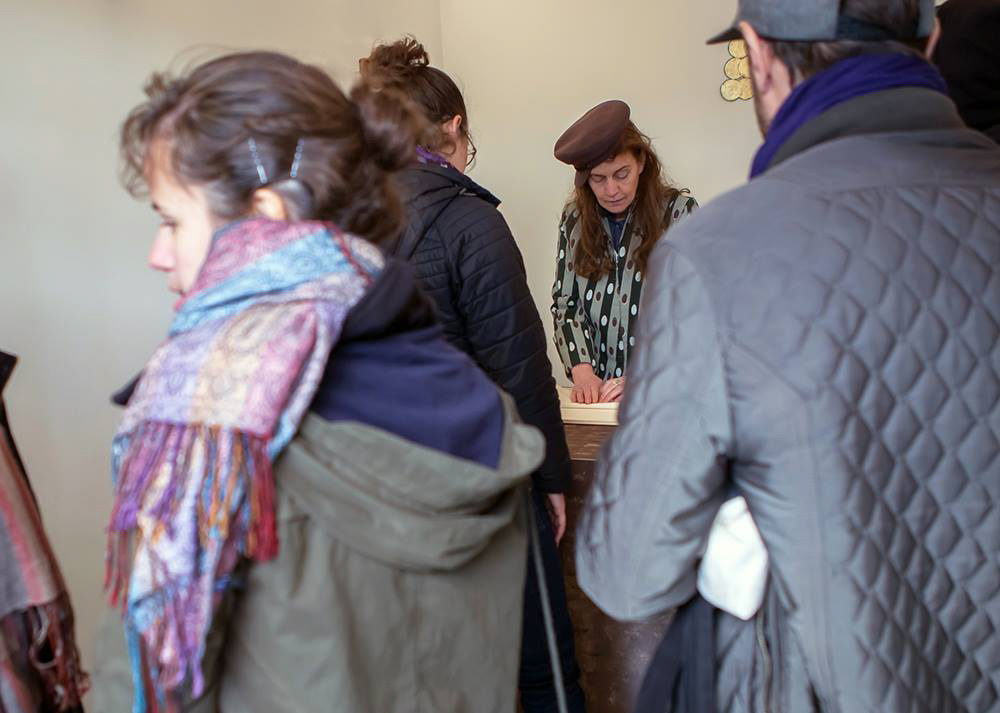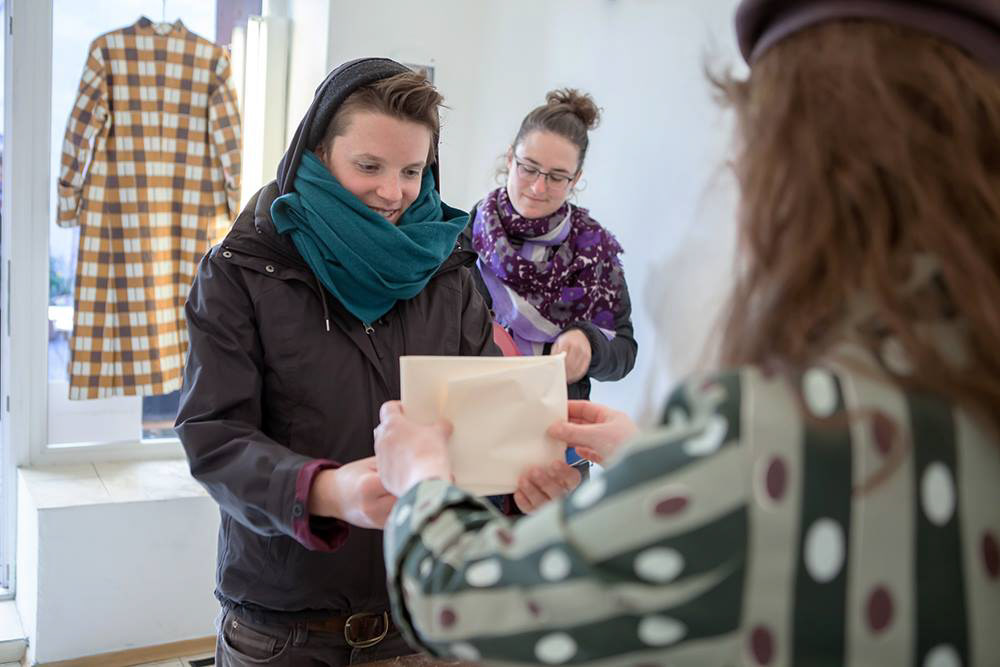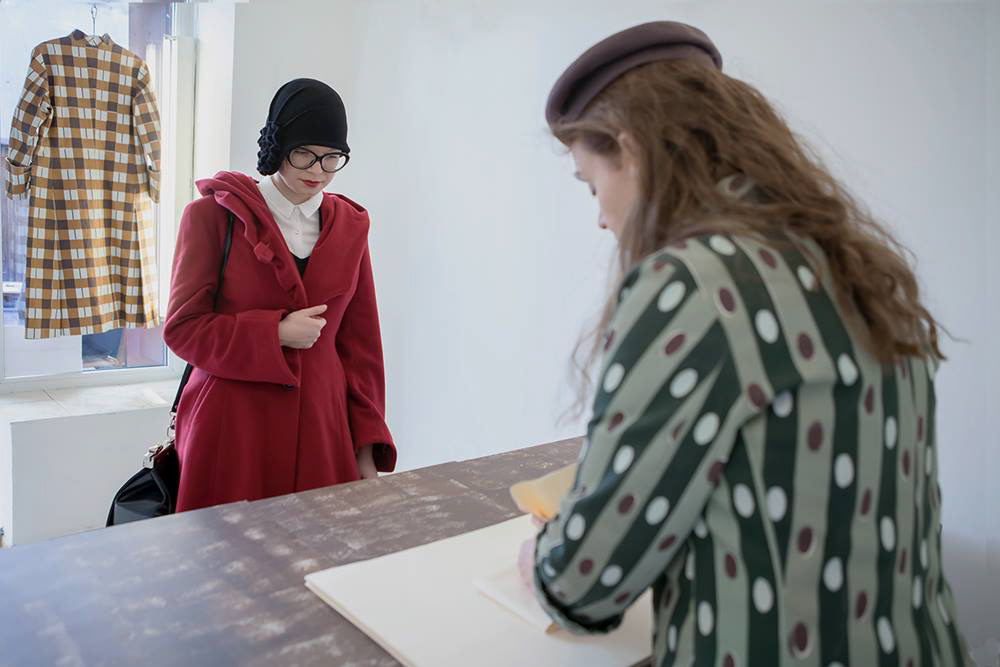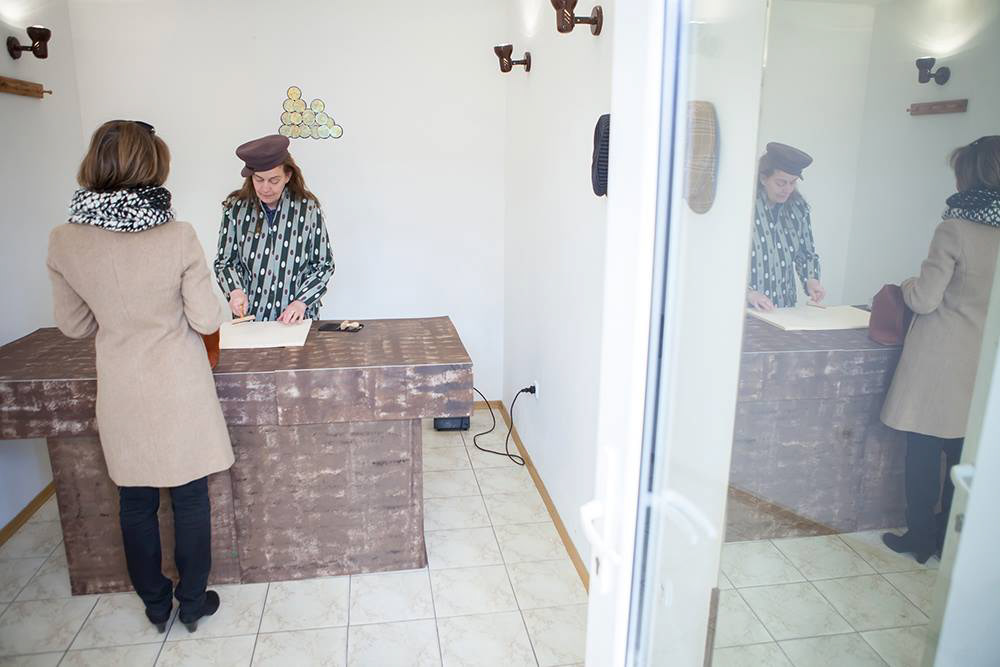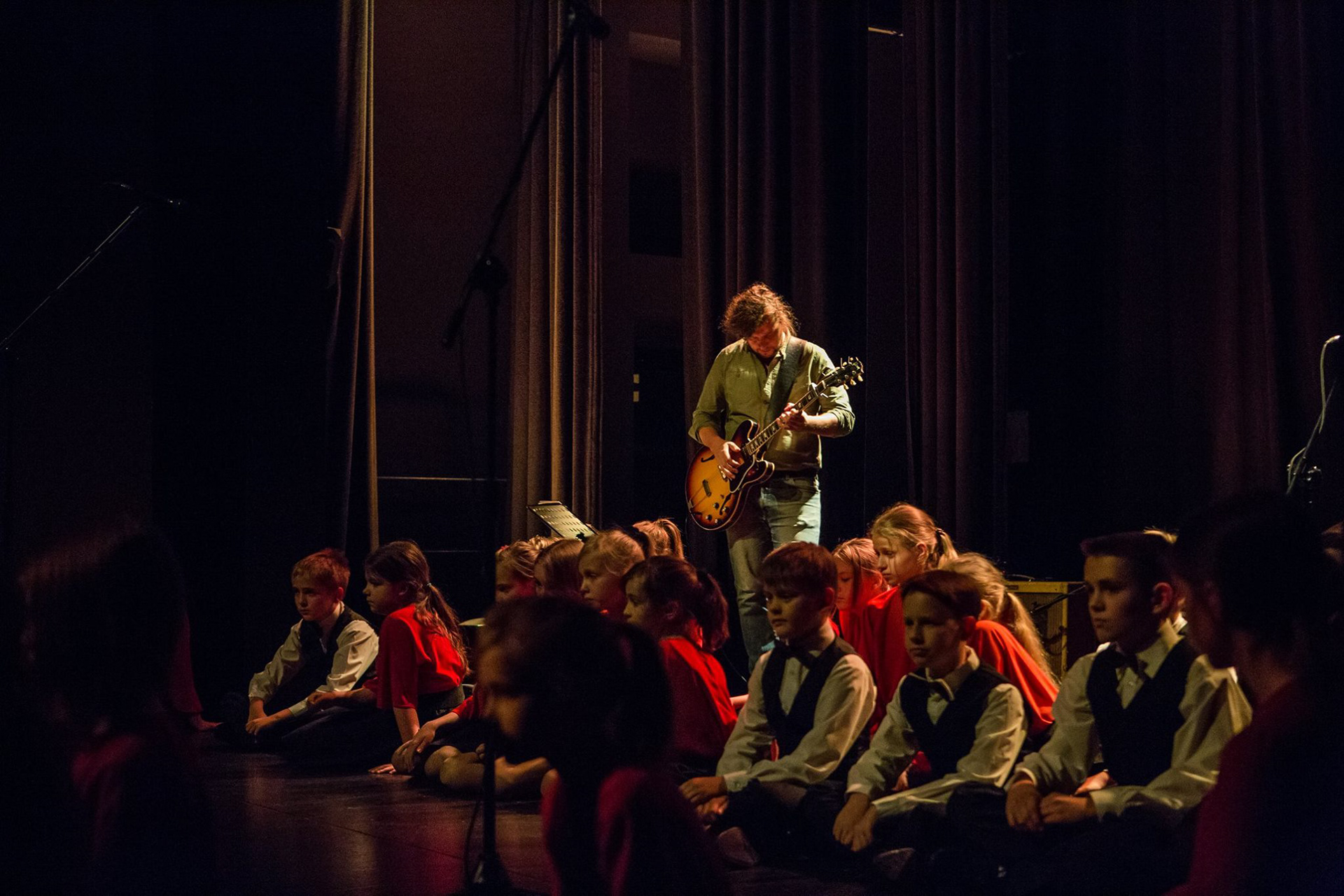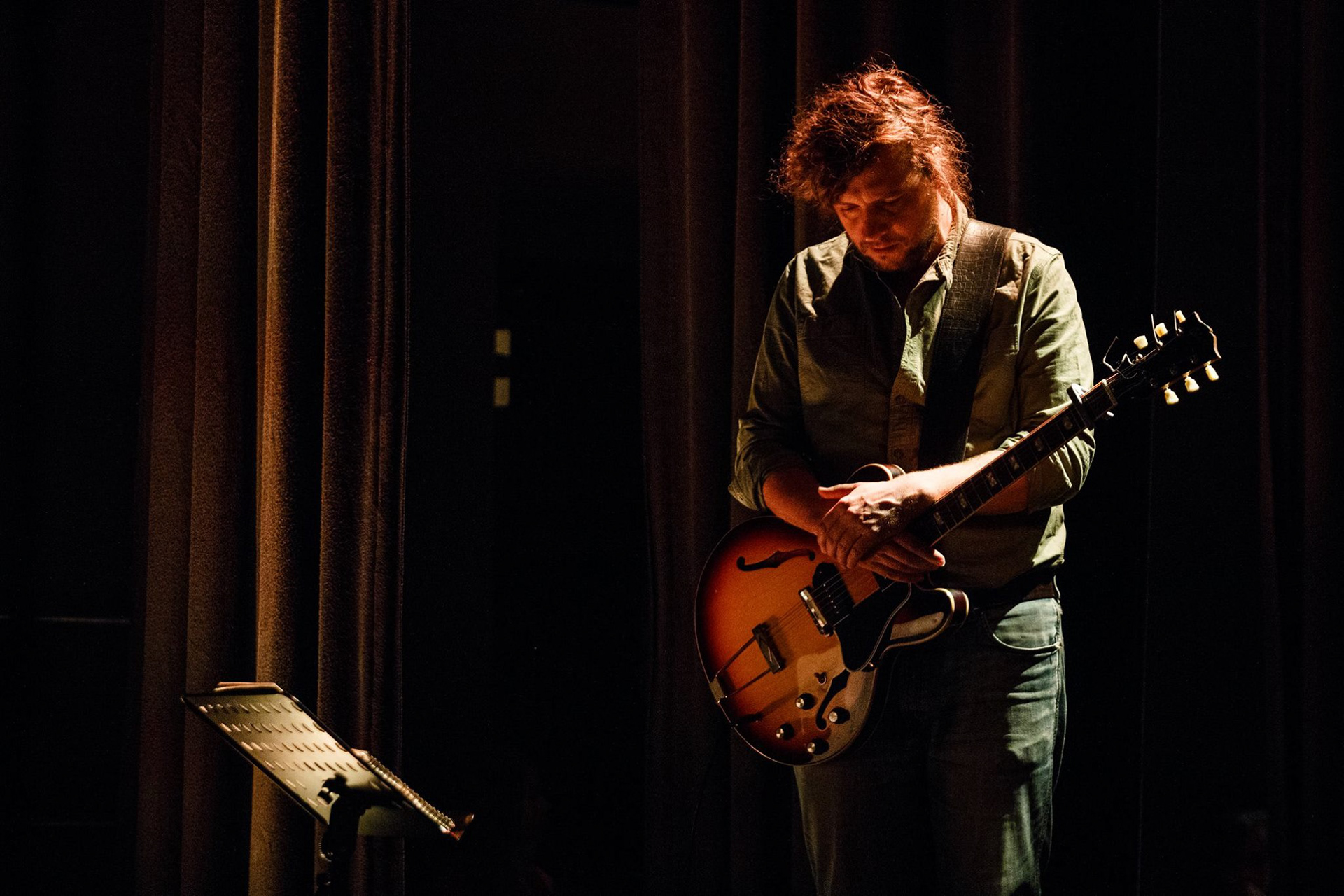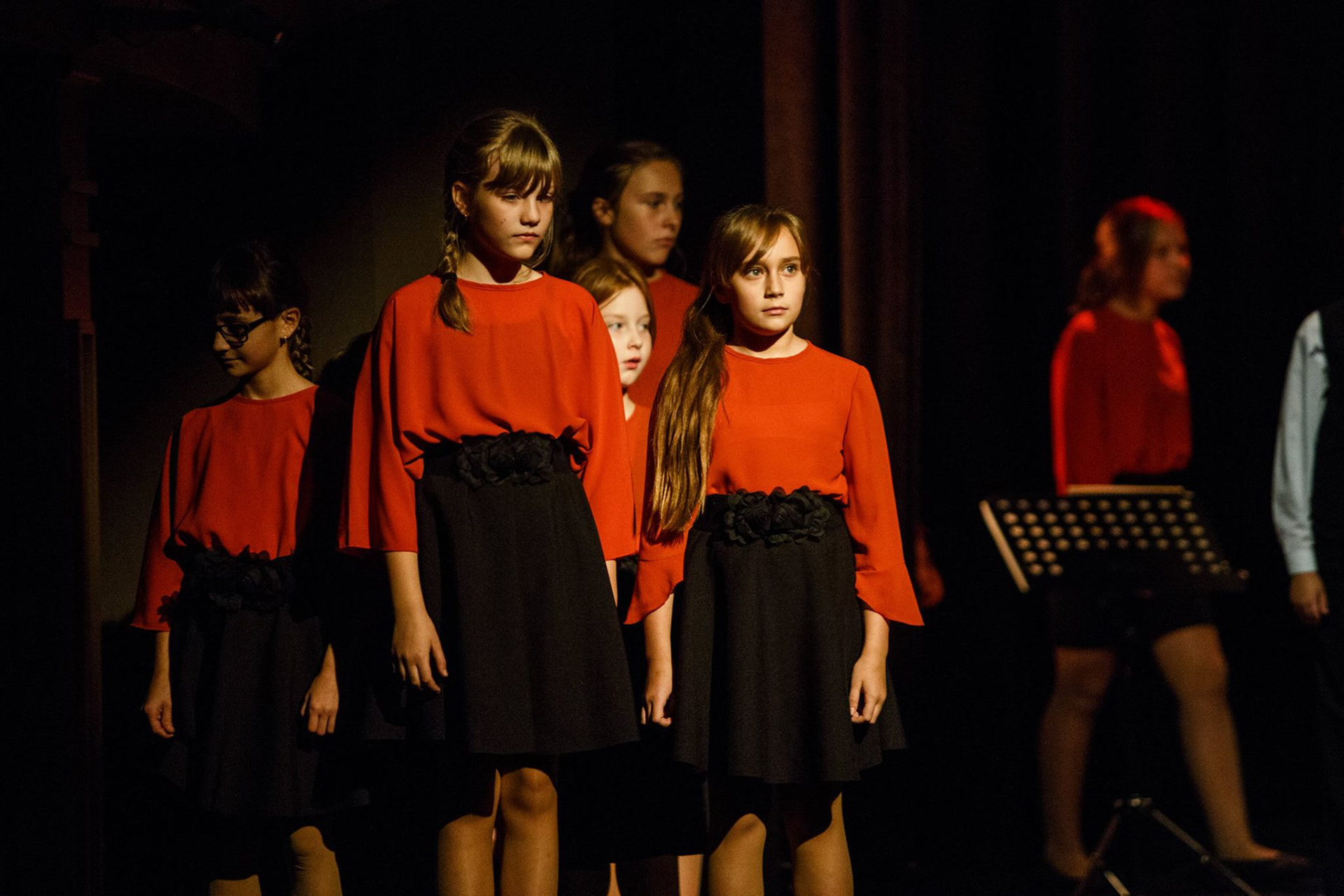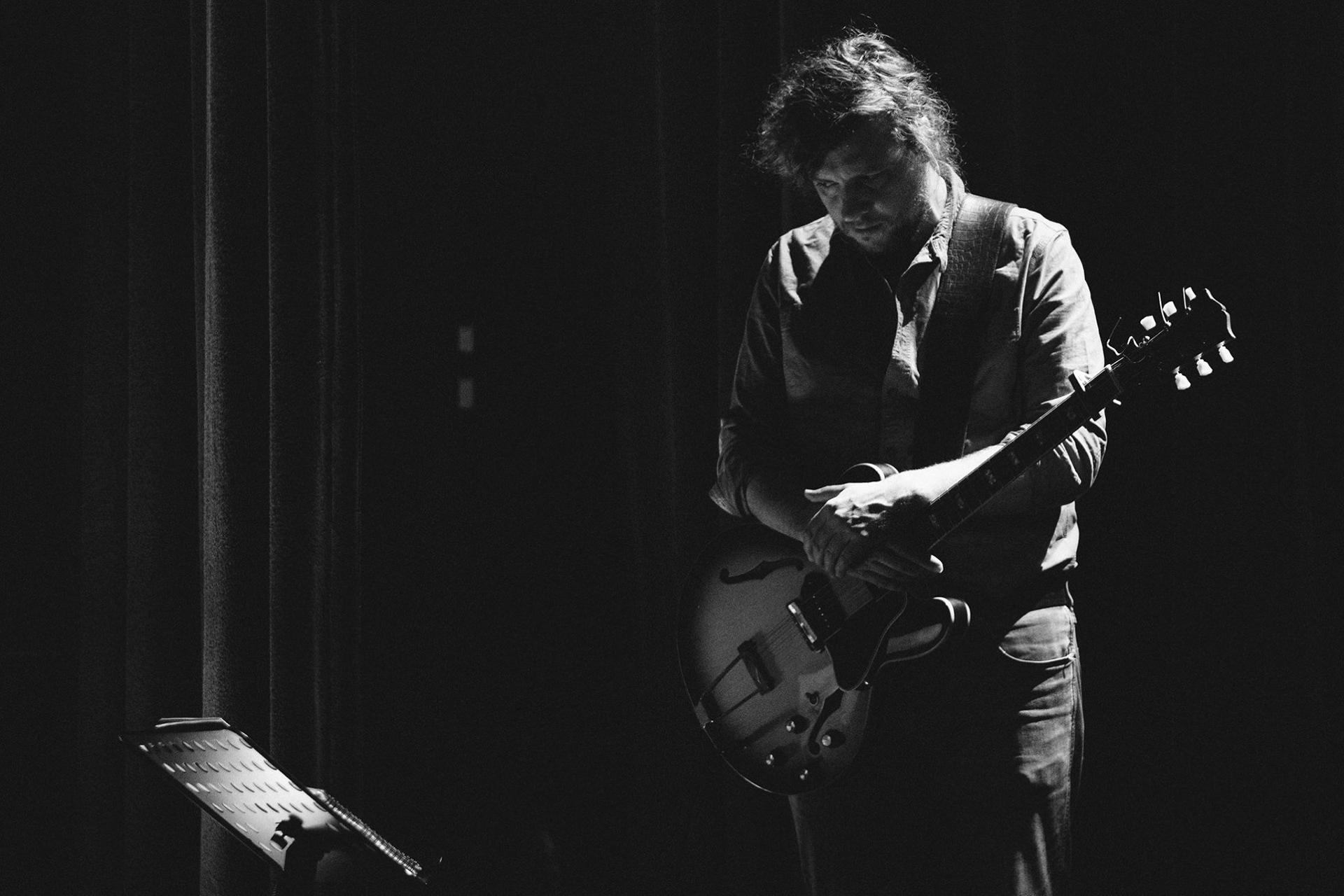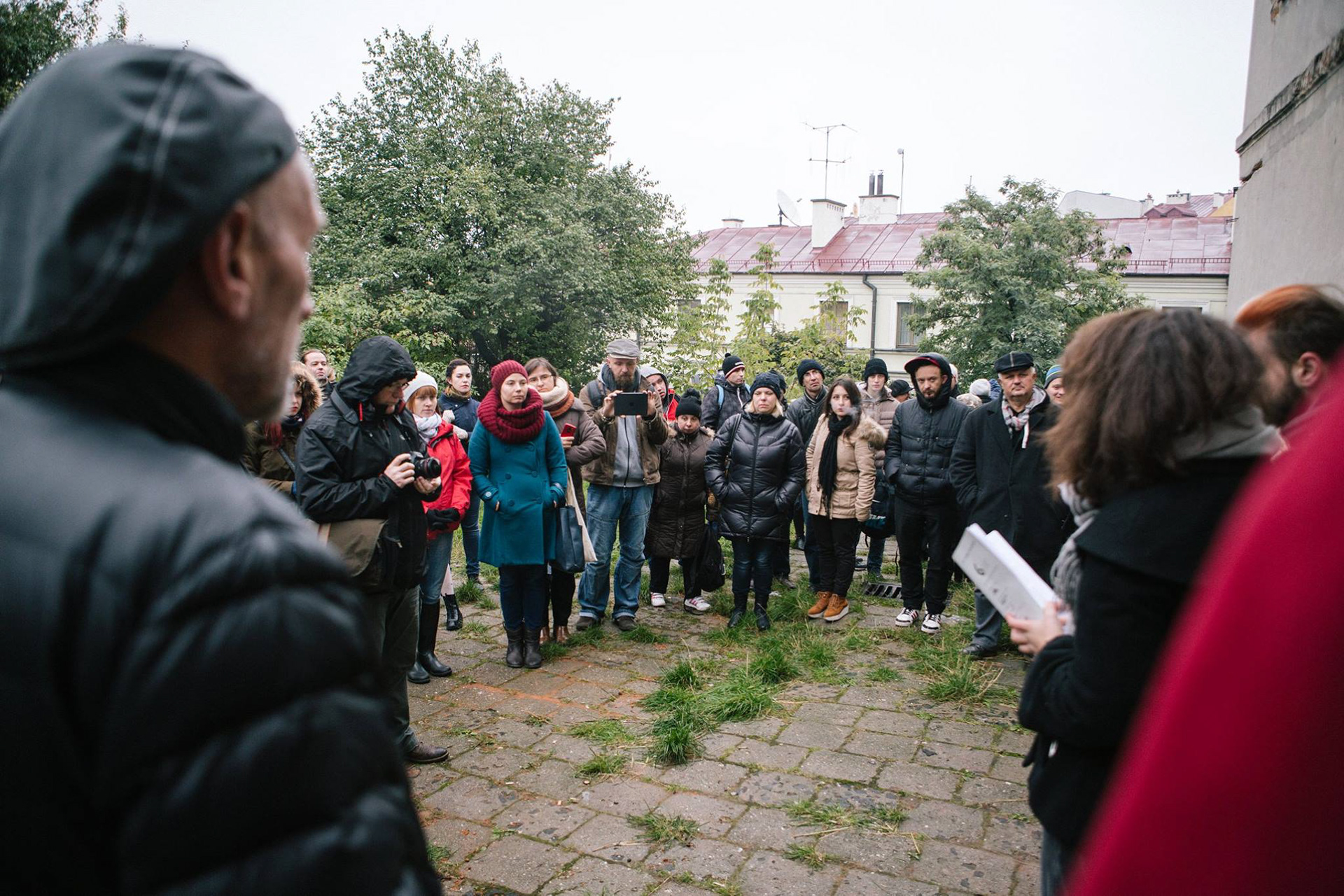Six Verbs Movement is a collective artistic research project exploring how the body inscribes itself into space, history, and political memory through the simplest gestures of existence: to walk, to stand, to sit, to lie, to sleep, and to die.
Rooted in the urban and historical textures of Lublin — a city marked by profound ruptures, displacements, and layers of forgotten narratives — the project invited artists from different disciplines to create ephemeral, site-specific actions and installations.
Instead of seeking closure or resolution, Six Verbs Movement unfolded as a living, shifting laboratory of embodied resistance: a constellation of gestures, sounds, traces, and presences that insisted on the body’s centrality in the production and disruption of meaning.
Curated by Yael Vishnizki Levi and Simona Kasprowicz, with production by Simona Kasprowicz, the project emerged from a deep commitment to rethink artistic practice as a mode of critical listening, affective mapping, and political inhabitation of space.
It was realized in collaboration with Towarzystwo Edukacji Kulturalnej and Centrum Kultury w Lublinie, and supported by POLIN Museum, the Marshal of Lubelskie Voivodeship, and the Mayor of Lublin.
Realizations within the Project:
How’s the Beast? (dir. Eyal Weiser): A performative installation weaving Polish and Israeli narratives of collective memory, post-trauma, and political normalization. Set against the complicated history of post-Holocaust relations, the piece used fragmented storytelling and embodied testimonies to question the reliability of remembrance, the ethics of reconciliation, and the emotional costs of historical silence.
SYMBOL gotowe / lying (by Ulrike Grossarth): An intimate performative intervention into abandoned commercial spaces, where found objects — discarded, anonymous, valueless — were elevated into unstable symbols of exchange. Grossarth’s action subtly challenged capitalist logics of value production, proposing alternative systems of relationality, memory, and use through fragile, site-sensitive acts of redistribution.
Żywizna (by Raphael Rogiński): A sonic weaving of Jewish Yiddish lullabies and Kurpie folk songs, performed as a live concert in non-traditional venues. By connecting two marginalized musical traditions, Żywizna became a ceremony of survival — a melancholic and joyful reminder that despite political erasures, cultural memory persists in resonant echoes, carried by breath, voice, and vibration.
Memento Mori (by Robert Kuśmirowski): An immersive installation meditating on death, temporality, and the material afterlives of objects. Kuśmirowski constructed a space where simulacra of relics, ruins, and personal artifacts created an atmosphere of suspended mourning — inviting participants to confront impermanence not as a tragedy but as an intrinsic condition of existence.
Breathing Mountain (by Magda Franczak and Ludomir Franczak): A subtle but profound auditory performance focusing on the barely perceptible traces of Lublin’s erased Jewish community. Through minimal sonic interventions and focused listening exercises, the work transformed the landscape itself into an archive of absence — asking audiences to listen beyond the visible, to breathe in the inaudible grief stored within the earth.
Conceptual Frame:
In Six Verbs Movement, bodily actions are not neutral: they are politicized, historicized, vulnerable, and embodied. To walk becomes an act of reclamation. To stand becomes an act of assertion. To lie becomes an act of remembering. To sit becomes an act of witness. To sleep becomes an act of resistance. To die becomes an act of inscription.
The project treated the city as a palimpsest — a surface overwritten by dominant narratives, but still carrying the invisible imprints of those displaced, marginalized, and silenced.
By reactivating minor gestures, ephemeral presences, and fugitive bodies within these spaces, Six Verbs Movement opened up temporary zones of critical sensitivity — spaces where memory is neither fixed nor erased, but continuously renegotiated through affective and political inhabitation.
Rather than monumentalizing history, the project foregrounded its fragility. Rather than offering grand narratives, it insisted on the micro, the ephemeral, the unstable.
At its core, Six Verbs Movement was not only about remembering differently. It was about moving differently — with, through, and against the weight of what came before.

